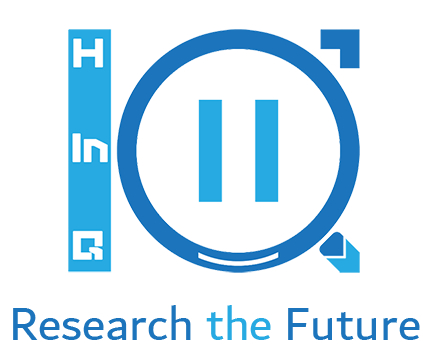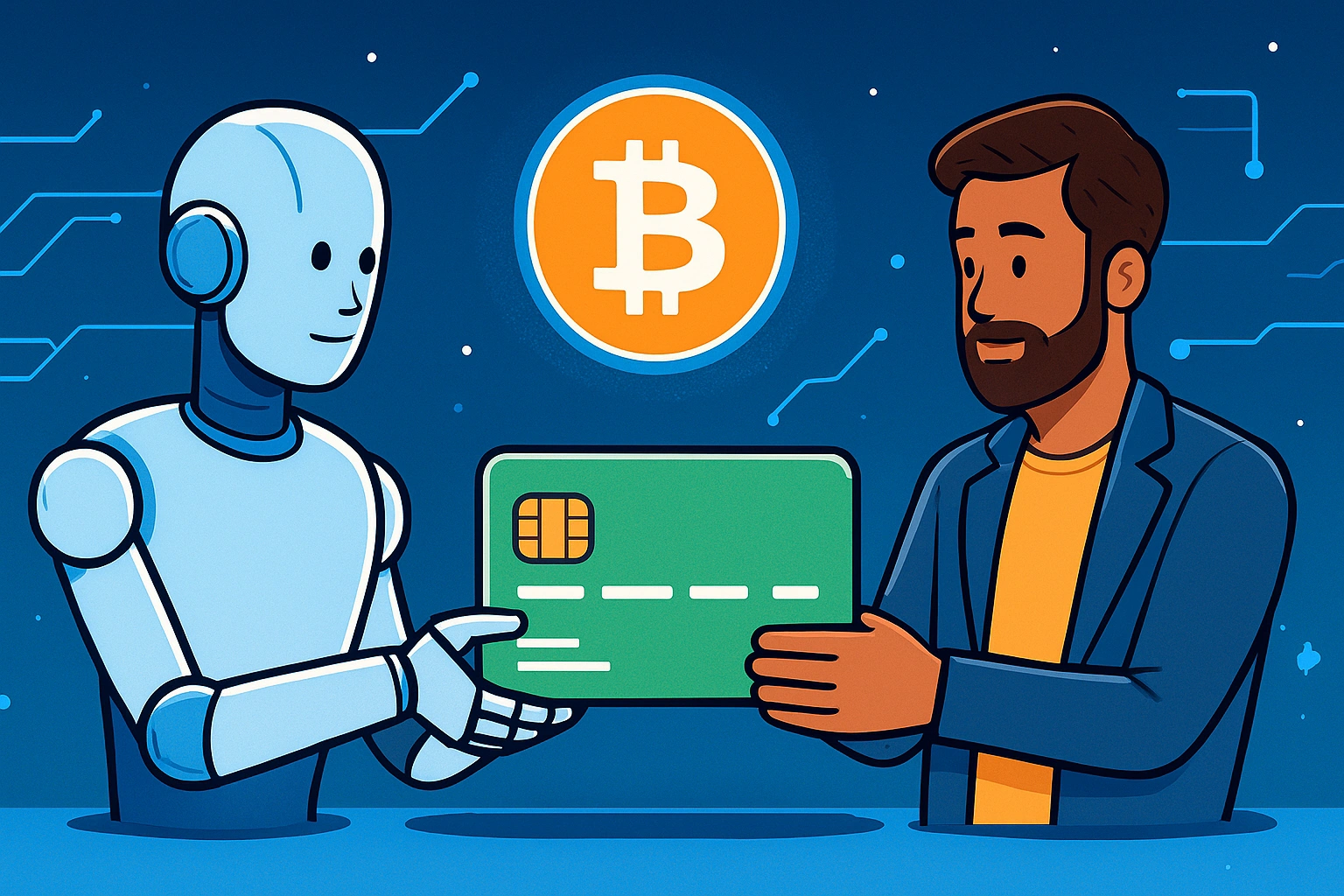AI and Blockchain Are Marketed as the Perfect Duo for Digital Trust
Artificial intelligence and blockchain have become two of the most talked-about technologies in recent years, and their convergence is now promoted as a natural evolution. The narrative is compelling: AI brings intelligence and prediction, while blockchain provides transparency and security. Together, they are positioned as the ultimate pair for creating trusted digital ecosystems. Conferences, white papers, and investor presentations often highlight this partnership as the future of financial services, supply chains, and digital identity.
Marketers frame the combination as more than incremental improvement. They argue it has the potential to rewrite how value is exchanged online. AI can detect fraud or optimize transactions, while blockchain guarantees that the records cannot be altered. The result, according to advocates, is smarter and safer commerce. For business leaders, this vision suggests a pathway to both innovation and security, two goals often seen as conflicting. The promise of merging these technologies is presented as a foundation for the next era of digital trust.
Businesses Present the Convergence as a Driver of Efficiency and New Value

Companies and investors increasingly frame the combination of AI and blockchain as a source of both efficiency and innovation. In financial services, advocates highlight how AI algorithms can analyze transactions in real time to detect fraud, while blockchain provides an immutable record that strengthens compliance and trust. In supply chains, the pairing is promoted as a tool for transparency, where blockchain tracks the origin of goods and AI optimizes logistics for speed and cost savings. In digital identity, the technologies are presented as safeguards against theft, combining verification with predictive analysis to reduce risk.
The narrative extends beyond protection. Businesses also see the potential to open new markets. Tokenized assets and decentralized marketplaces are pitched as opportunities where AI can manage dynamic pricing, personalized offers, or automated dispute resolution, while blockchain ensures fairness and traceability. Executives are drawn to the idea of infrastructure that enables both growth and governance. Investors, too, are persuaded by the storyline of convergence, viewing it as a way to align profitability with the rising demand for secure digital experiences. This business-oriented narrative positions AI and blockchain as a powerful driver of both efficiency and value creation.
The Reality of Complexity Challenges Adoption and Scalability
While the vision of AI combined with blockchain is attractive, the practical realities of implementation expose serious challenges. Both technologies are resource intensive on their own, and merging them compounds the complexity. AI requires large volumes of data and powerful computing to deliver accurate predictions, while blockchain consumes significant storage and processing power to maintain distributed ledgers. Integrating these demands into a single system often results in high costs and technical bottlenecks that many organizations struggle to manage.
Scalability is another barrier. Public blockchains already face performance issues, with transaction speeds often far slower than centralized systems. Adding AI-driven processes to these networks can increase delays and raise energy consumption. Even private or hybrid blockchains, which promise better performance, require specialized expertise that is difficult and expensive to secure. These hurdles discourage smaller companies from adoption and make enterprise-scale deployments far more complicated than promotional materials suggest.
The gap between theoretical potential and operational feasibility remains wide. For all the talk of synergy, the reality is that complexity frequently outweighs convenience, raising questions about how quickly or widely this convergence can be applied in practice.
AI + Blockchain Sits Between Revolutionary Potential and Overengineered Hype

The pairing of AI and blockchain sits in a space that is both inspiring and contested. Advocates describe it as a revolutionary leap, arguing that the fusion of intelligence and trust can reshape industries from finance to healthcare. They point to pilot programs where fraud detection becomes faster, supply chains more transparent, and digital contracts smarter. In these examples, the convergence appears to deliver on its promise, offering capabilities that neither technology could fully achieve on its own.
Yet critics argue that the narrative often veers toward overengineering. They question whether the problems being solved actually require both AI and blockchain, or if the combination simply adds unnecessary layers of cost and complexity. Many high-profile projects remain in proof-of-concept stages, raising concerns about whether they can scale beyond controlled demonstrations. The result is a debate between those who see a transformative new infrastructure and those who believe the technologies are being forced together to sustain hype cycles. This tension defines the current stage of adoption, where potential breakthroughs coexist with skepticism about whether the convergence represents true necessity or inflated ambition.
Stakeholders Struggle to Separate Practical Innovation From Buzzwords
The debate around AI and blockchain convergence is intensified by the difficulty stakeholders face in distinguishing genuine innovation from polished rhetoric. Investors are courted with grand promises of disruption, yet many projects emphasize marketing before demonstrating technical viability. Venture funding often flows into initiatives that use the right terminology rather than those that show measurable results. This environment makes it difficult to identify which applications will endure and which will fade as experiments.
Policymakers and regulators encounter a similar challenge. They are asked to provide oversight for systems that are still evolving and often lack clear standards. Without benchmarks, it is hard to separate projects that genuinely improve transparency and security from those that use these claims as a shield against scrutiny. Customers, too, are drawn to the promise of safer and smarter transactions, but many remain cautious after witnessing earlier waves of hype that failed to deliver.
This struggle reflects a broader problem in emerging technologies: the gap between narrative and evidence. Until stakeholders can reliably evaluate performance, AI and blockchain risk being perceived as more buzzwords than breakthroughs, undermining the credibility needed for lasting adoption.
The Future Depends on Practical Use Cases and Accountable Governance

The convergence of AI and blockchain carries enormous promise, but its future will be determined less by visionary rhetoric and more by tangible outcomes. For the technologies to move beyond pilot projects, organizations must demonstrate use cases where intelligence and transparency together create measurable improvements. Fraud detection, digital identity, and supply chain tracking may prove to be the testing grounds where real value is shown.
Equally important is the role of governance. Without accountability, even the most sophisticated solutions risk being dismissed as hype. Transparent standards, independent audits, and responsible deployment will be necessary to prove that the pairing delivers on its claims. Business leaders must treat AI and blockchain as tools, not as ends in themselves, ensuring that their adoption addresses real problems rather than simply signaling innovation. The future of this convergence will depend on whether it evolves into practical infrastructure or remains an ambitious but complicated experiment.
What is H-in-Q?
H-in-Q is an AI solutions agency founded in Tangier in 2018, specializing in data mining, artificial intelligence models, and digitalization solutions across industries.
How did H-in-Q evolve from market research to AI solutions?
We started with AI-powered market research tools like Converse-in-Q and BuzzPulse-in-Q, and today we apply the same intelligence to HR, customer service, e-commerce, Industry 4.0, and more.
What makes H-in-Q unique?
Unlike generic SaaS providers, our DNA is research. We combine methodological rigor with cutting-edge AI to deliver solutions that are both scientifically sound and business-ready.
Do you serve clients outside Morocco?
Yes. While headquartered in Tangier, we work with organizations across Europe, North America, and MENA, bringing global agility with local expertise.
Are your solutions customizable?
Absolutely. Every model—whether a chatbot, analytics dashboard, or BI assistant—is trained and tuned on your specific data and workflows.
What industries does H-in-Q serve?
We cover market research, HR and talent management, customer service, social listening & reputation, e-commerce, and Industry 4.0 digitalization.
References
- Blockchain and AI: The New Payments Paradigm – Deloitte
- Artificial Intelligence and Blockchain: The Perfect Union? – World Economic Forum
- How Blockchain and AI Will Reinvent the Future of Business – Forbes
- AI and Blockchain: Convergence for the Future – PwC
- Blockchain and Artificial Intelligence: Opportunities and Challenges – Frontiers
- https://h-in-q.com/analytics/



